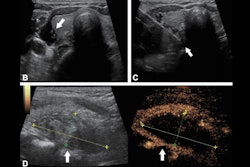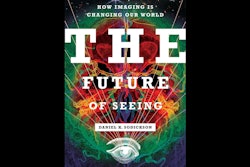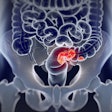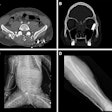More in Home
ASTRO: STAR has role in managing VT in cardiac patients
October 1, 2025
5-year CTC screening interval is appropriate for colorectal cancer
September 30, 2025
ASTRO: Daily MRgRT recontouring improves prostate treatment outcomes
September 30, 2025
CT use in the ED has more than doubled over a decade
September 30, 2025
ASTRO: Proton therapy shows promise in breast cancer treatment
September 30, 2025
Israeli radiologist discusses response to Oct. 7 attacks
September 30, 2025
ASTRO: Trial suggests postoperative RT in high-risk bladder cancer
September 30, 2025
ASTRO: Lu-177 PNT2002 added to SBRT delays prostate cancer progression
September 29, 2025
ASTRO: Contemporary IMRT comparable to proton therapy for throat cancer
September 29, 2025
NAPT survey results show promise for proton therapy adoption
September 29, 2025
ASTRO: Low-dose RT effective for treating knee osteoarthritis
September 29, 2025



















